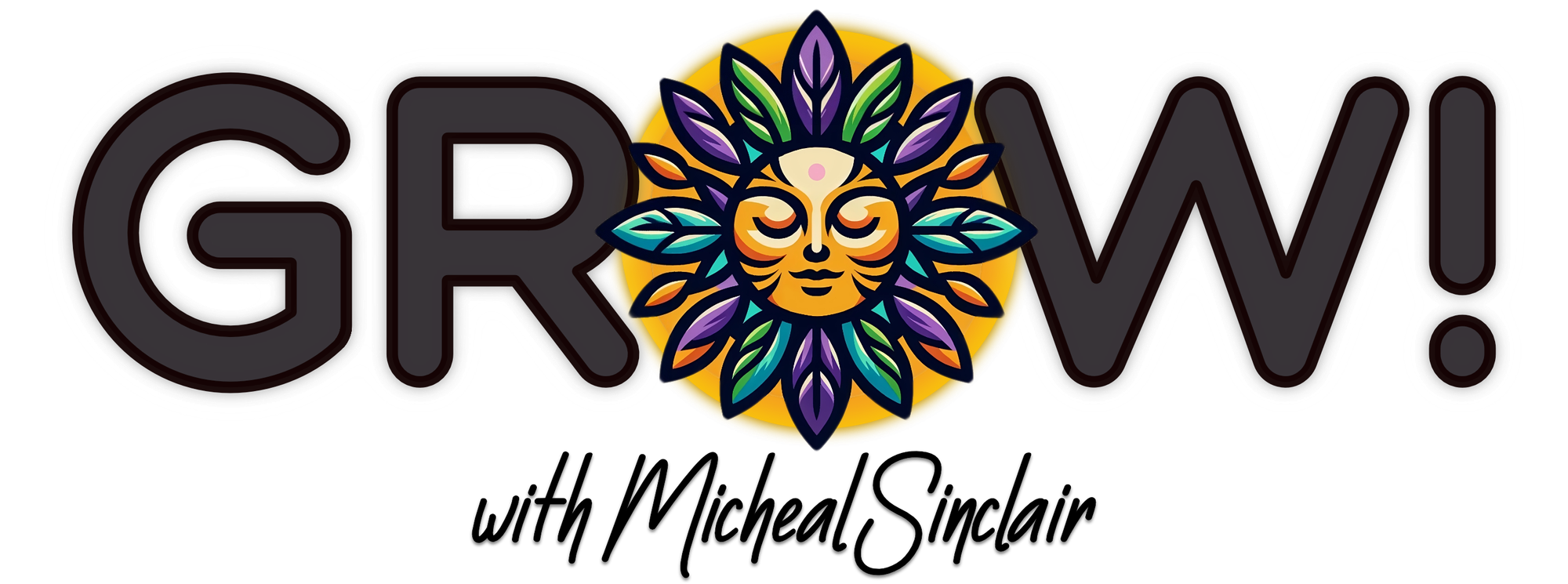Chained to Dis-ease: Our Strange Addiction To Familiar Pain
One of my favorite quotes is, "Everybody wants to go to Heaven but nobody wants to die," as I feel like it perfectly encapsulates our preference to remain attached to a known suffering, despite the chance of an unknown joy.
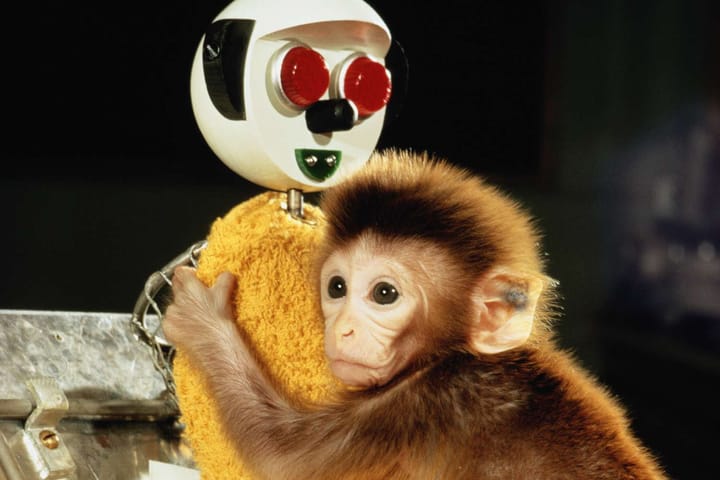
No one is better at hurting you than someone you've forged a trauma bond with. For a bond to be created between two objects, they have to be joined together by some type of adhesive substance. Trauma makes for an exceptional adhesive substance between two people because we are conditioned to spend most of our lives denying, hiding, or otherwise running from our trauma - convincing ourselves that most other people wouldn't understand or wouldn't care about it. So, when we meet someone who seemingly can understand our trauma, it feels like that person really gets us, and the joy of finally feeling understood creates a rush that is truly addictive. Though I can imagine it would be really beneficial for two healed people to have similar trauma, I know first-hand how detrimental it is for two unhealed people to have similar trauma. Because unhealed people are hurting people, and hurting people typically project their pain onto those closest to them – consciously or subconsciously. Someone who's really familiar with your trauma will also be someone who's really skilled at hurting you, as they know your biggest buttons and triggers. Oddly enough, it is to these people that we often find ourselves the most attached. That's because what the ego values more than pleasure or comfort, is safety. And pain that is familiar often feels a lot safer, a lot more stable, and certainly a lot more predictable than joy that is unknown. It is for this reason that many of us stay attached to situations that we know are not actually good for us - because the pleasure of predictability is worth the pain of stagnation.
To understand why we sometimes attach ourselves to painful situations, we first have to understand the primary purpose of the ego. The ego exists mainly to identify and protect itself from perceived threats. To the ego, a threat that it knows will always seem safer than a threat it doesn't know. And that makes sense, right? As children, we could feel completely safe in our bedrooms during the day because the day's light illuminated the entire room so that we could perceive and identify any potential dangers surrounding us. But when night falls, that very same room that we felt comfortable in during the day becomes a place that fills us with terror - not because night automatically brings danger but rather because darkness brings a sense of the unknown that feels dangerous. The reason why we feared the dark as children (and maybe as adults, not judging) is that what was once known becomes unknown, and nothing is more unsettling to the ego than not knowing. This is why it sometimes feels safer to stay attached to something that is very clearly causing us pain because, at least, we know what to expect from pain that we can see and understand. This need for predictability, this craving for the safety of the known, even if it's harmful, roots deep into our psyche, forming patterns that follow us into adulthood.
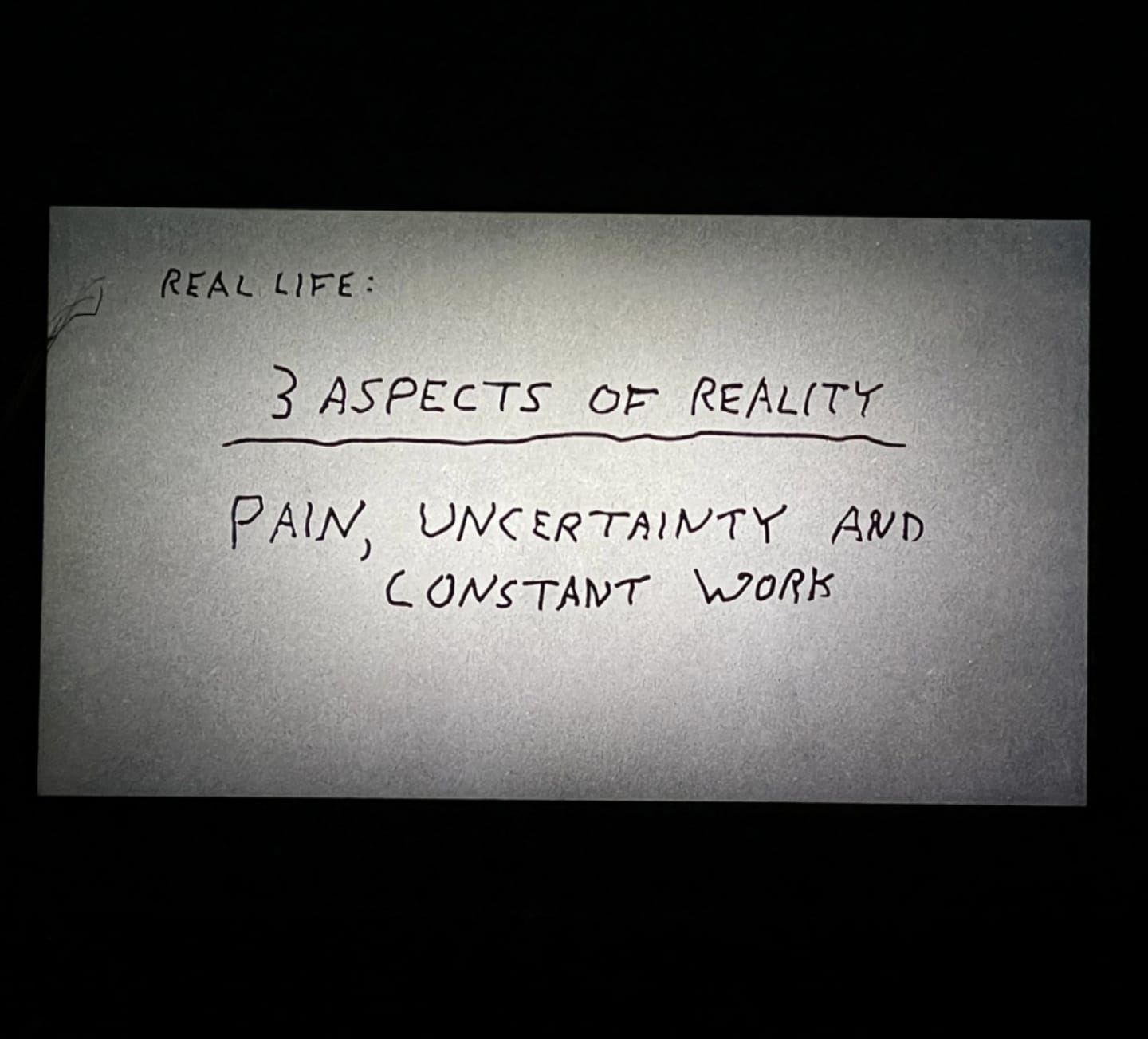
The ego's insistence on clinging to familiar pain isn't just about avoiding potential unknown threats; it's about maintaining a sense of control in a world that feels inherently unpredictable and unsafe. Ironically, this quest for safety can lead us into cycles of pain that are far from safe, perpetuating our cycles of trauma rather than allowing us to heal from it. In such situations, we shouldn't view our attachment to familiar pain as a sign of weakness or failure but rather as a testament to our deep-seated desire for stability and predictability. Through recognizing this pattern, we take the first step towards breaking free from it. By acknowledging the ego's role in maintaining these cycles of pain, we can begin to question whether the safety we cling to is truly serving us or if it's simply keeping us chained to dis-ease. It's certainly a scary undertaking to face the unknown, but one that holds the promise of leading us towards not just healing but towards a form of joy and freedom that, while unknown and likely dangerous, is infinitely richer and more fulfilling than the familiarity of pain.
Harlow's Monkeys
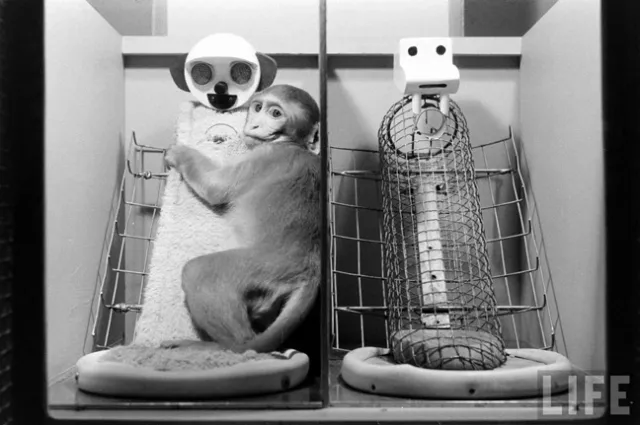
Harry Harlow, an American psychologist best known for his pioneering research in the 1950s and 60s, delved into the nature of the bond between children and their parents, questioning whether this connection stemmed solely from nourishment or if comfort played a crucial role as well. His famous and controversial experiments involved separating infant monkeys from their biological mothers shortly after birth and offering them two inanimate surrogate mothers in her absence. Both surrogate mothers were fashioned from wire in the rough shape of a mother monkey. Both surrogate mothers had a light bulb placed in the center of the wire frame to simulate warmth. Both surrogate mothers were fixed with a nursing nipple to provide the baby monkeys milk. However, one surrogate mother was covered in a soft, comforting terry cloth, and the other was left as just bare wire. The baby monkeys were then given a choice between the wire mother and the cloth mother, and predictably, all of the baby monkeys chose the surrogate mother that was covered in the soft cloth, as it was both nourishing and comforting.
Then Harlow introduced a new variable into his experiments: he removed the ability to feed from the comforting mother, which meant that the baby monkey could only survive if they chose the wire mother, since it was the only mother that provided food. Contrary to the belief at the time that attachment was primarily formed through the satisfaction of the need for food, the infant monkeys showed a strong preference for clinging to the soft cloth mother, seeking comfort and security, especially when frightened or stressed. They would only go to the wire mother when they were hungry, and even then, they would return to the cloth mother as soon as their hunger was satisfied. The baby monkeys were sometimes starved for periods of time before being given a choice between the nourishing, uncomfortable mother and the comfortable mother that could not feed them. Still, they opted to cling to the mother that psychologically felt the most comfortable, as opposed to the mother that would actually contribute to their physical survival.
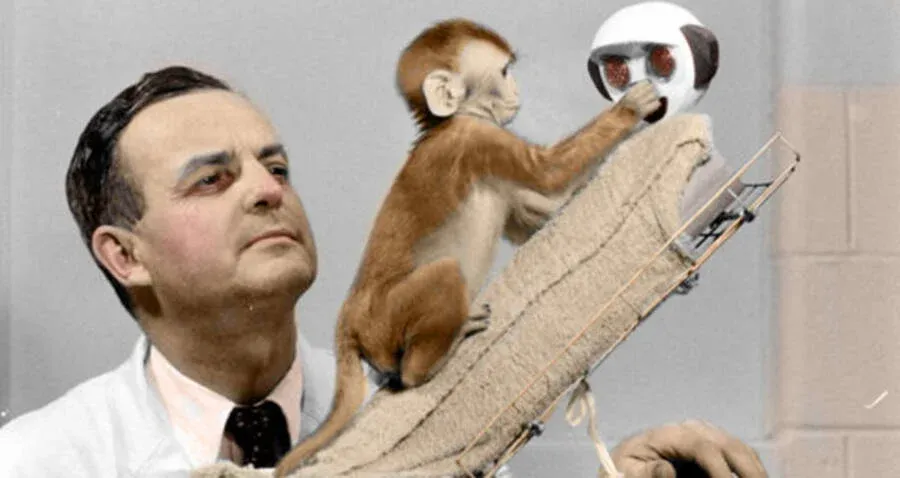
We human beings often do the same thing. While ideally, we'd all be given environments that constantly provide both nourishment and comfort, the reality is that we'll often have to choose between what feels comfortable and what actually contributes to our growth and well-being. And like the baby monkeys, we often choose to cling to what brings us the most immediate comfort; even if we know that doing so will cause us to miss something vital to us growing into the highest versions of ourselves. It doesn't matter if we know deep down that we are emotionally or spiritually starving; what matters the most to many of us is comfort and familiarity. And unfortunately, we would rather starve while clinging to what feels good than to risk being uncomfortable but receiving what we need to grow healthier.
While it's natural for us to gravitate towards environments and relationships that offer comfort and familiarity, Harlow's experiments remind us of the critical balance we must seek between comfort and growth. Just as the baby monkeys clung to the cloth mother for psychological comfort, we too may find ourselves clinging to familiar patterns or relationships that offer emotional security, even when they hinder our growth. Recognizing this tendency is the first step towards making more conscious choices that support our holistic well-being—towards seeing the unknown & uncomfortable, not as an adversaries but as a catalysts for personal development. By seeking environments that challenge us while also providing necessary support, we can nurture our growth in a way that harmonizes with our need for emotional security.
Dying Might Be Lit!
One of my favorite quotes is, "Everybody wants to go to Heaven but nobody wants to die," as I feel like it perfectly encapsulates our preference to remain attached to a known suffering, despite the chance of an unknown joy. One of the things that used to confuse me the most about what I'd hear in church on Sunday mornings was that whenever the preacher would speak, or the choir would sing about Heaven, they'd make it sound like it was the absolute best place to be. But then I'd go to a funeral and everyone would be weeping and moaning and gnashing their teeth, as if death was the worst thing that could happen to a person. You'd think that the possibility that our loved one might be headed to a place that was devoid of decay, pain, or suffering would be cause for celebration, but typically when loved ones die, the most prevalent emotions felt are pain and grief. And that's because, regardless of what we'd like to convince ourselves about the afterlife, the fact is, no one living can say definitively what it's like to be dead. None of us actually fear death itself because we don't know what death actually entails. What we actually fear about death is not knowing what, or if, anything comes after death. If half of the people singing about Heaven actually trusted that it existed, they wouldn't cling so tightly to the comfort of their known lives. What makes us cling so tightly to our lives, even if they are filled with pain and suffering, is the comfort we feel from knowing what to expect from them. Our lives bring a sense of familiarity that is comfortable, and that familiarity is hard to stray away from—even if the potential reward of the unknown is paradise.
This is why, from my point of view, the fear of the unknown is the biggest obstacle to healing that exists. When we spend so much of our lives in pain, it starts to become a part of our identity. And regardless of how much it hurts to stay the same, what hurts us more is not knowing what a healed version of ourselves will look like or feel like. What hurts us more is the chance that the healed version of ourselves won't be loved or accepted by those closest to us. What hurts us more is the risk that the healed version of ourselves will feel more unsafe than the wounded version because the healed version of ourselves will be vulnerable to new, unknown, and potentially more intense pains, whereas the wounded version of ourselves finds comfort and safety in the pain that it knows. I had a friend reach out to me last week saying she wanted advice about a choice that essentially boiled down to staying the same and being comfortable, or facing fear and ascending. I could tell that she already knew the answer to the question that she wanted my perspective on, but her ego was just afraid of leaving behind what it had known for so long. She knew deep down that facing and embracing the unknown would ultimately bring her to a higher state of peace and fulfillment but was understandably terrified of the idea of having to leave behind something that has brought her so much pleasure and comfort throughout her life. Her spirit was telling her that it is time to heal, but her ego preferred the comfortable pain. And I've been there myself, so many times before.
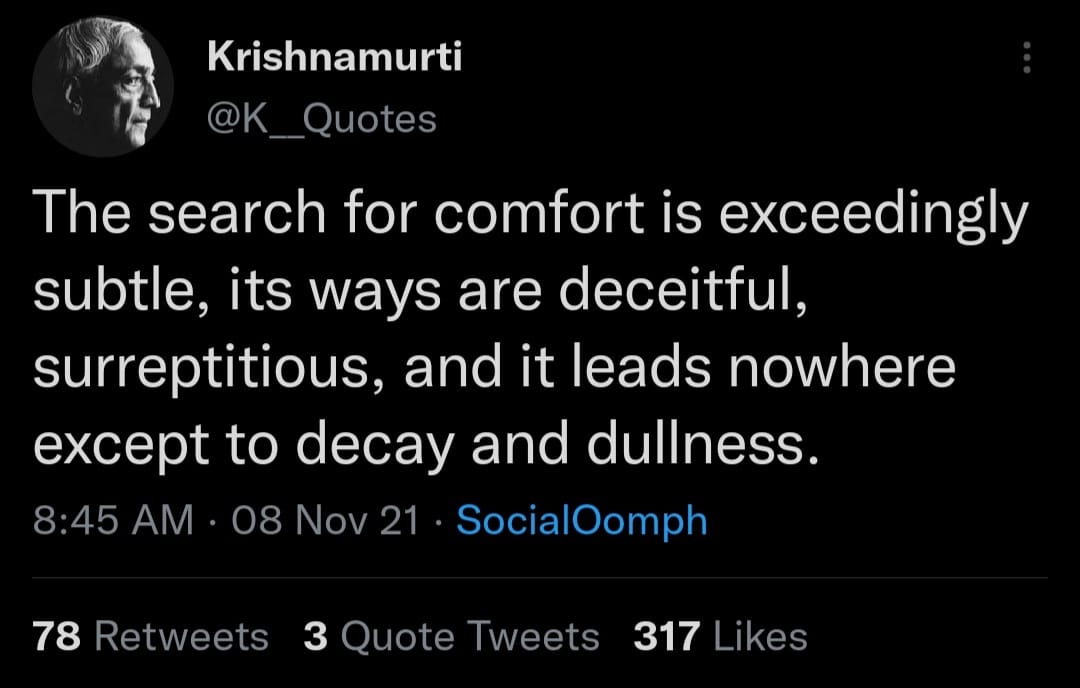
Who I am today, in many ways, would terrify who I was ten years ago. I no longer eat meat, I no longer primarily view women as objects of my pleasure, I no longer ground my confidence in my appearance or in believing myself to be better than others, I no longer try to hide how deeply sensitive I am at my core. I often tell people, I would have never chosen the path that my life is currently on, and it's true. Had I been given a conscious choice, I would have chosen to stay on the path of pleasure, of dominating others, of instant gratification, of superficial strength, and worldly success. But fortunately for me, and likely for you since you're reading this, when the soul is truly ready to evolve, what the ego wants no longer stands a chance. Contrary to popular belief, will isn't as free as we'd like to believe, and love does not negotiate with terrorists. Love does not require change, but it does inspire change because the nature of love is to grow, to deepen, and to expand. So, when we reach the point in our soul's evolution when it is time to know and to love ourselves fully, the Universe presents us with situations that will challenge our egos, inspire us to grow, and to perfect our self-love. When the soul is truly ready for evolution, the pain of staying the same will finally outweigh the pain of facing the unknown. And when you reach that point, not even the fear of death will be powerful enough to prevent you from healing into the personal paradise that deep down, you know you deserve.
The Devil You Know
I was first exposed to tarot cards by an ex-girlfriend many years ago, but they didn't really resonate with me at the time, perhaps because I was still in the process of fully releasing my inherited religion, which had indoctrinated me to believe that any type of fortune telling was of "the Devil." Perhaps they didn't resonate at the time because I was still so disconnected from my own intuition back then that that I couldn't find any meaning in them. Fortunately, I have fully broken the chains of the indoctrination I endured being raised in the church, and recent life events prompted me to explore tarot cards again, on my own. What I found is that tarot is not really a tool for telling or understanding the future but rather a tool for further understanding yourself and connecting with your intuition. In researching the origin of tarot cards, I learned that they are a tool of divination—of connecting with the Divine—and many of the people who employ them do describe themselves as Christians, and in my opinion, many of the Christian tarot readers I've seen on YouTube act a lot more Christ-like than the people who'd originally convinced me that tarot cards were devilish.
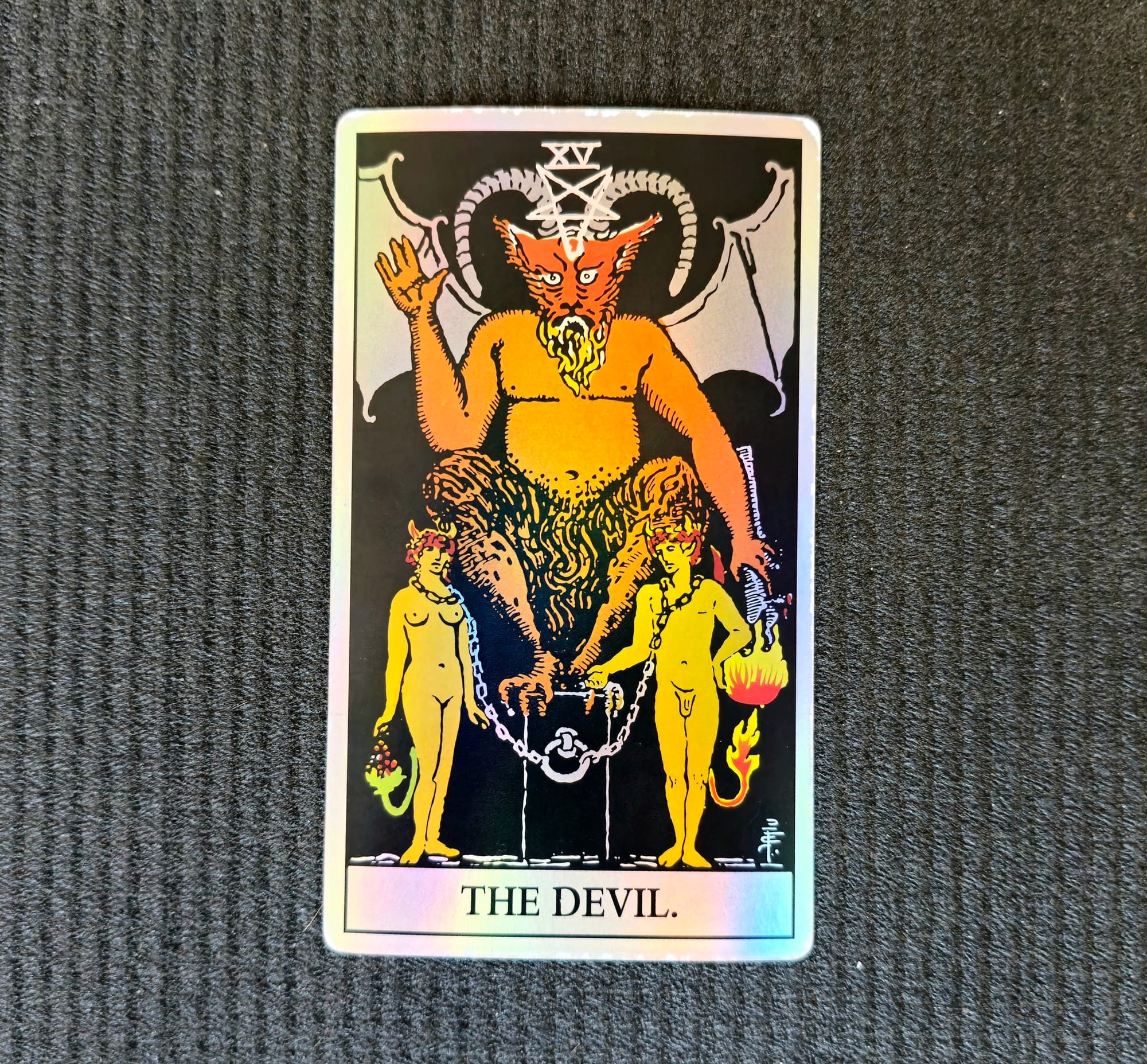
Within the traditional tarot deck, there is a card titled "the Devil," and I find its imagery particularly pertinent in regards to what I've been discussing in this newsletter. Depicted on the Devil card is an illustration of the devil, a horned goat man with wings alluding to it being a fallen angel, and to his left and right are two humans—one male and one female—chained, not to the Devil himself but to what the Devil stands on. What I find interesting about these two people who are chained in Hell is that they don't appear to be suffering at all. In fact, if you look at their faces, they look quite comfortable, almost pleased. Chained yes, bound yes, but not necessarily fighting to or even interested in escaping their bondage. I see the Devil card as representing the ego and all of the attractive illusions of comfort it creates to keep us bound to something that doesn't serve our highest good. Though there hasn't been any proof found that Harriet Tubman actually said, "I've freed a thousand slaves and could have freed a thousand more if they knew they were slaves," the sentiment of this powerful quote remains true, and that is, until we become aware of the chains that bind us to dis-ease, we will convince ourselves that we are comfortable, even if in reality, we are just addicted to an environment devoid of any growth, liberty, or peace.
Growth Challenge
Objective:
To gain awareness of familiar painful practices that we are attached to so that we can identify which pains serve our highest good and which do not.
Steps:
- In your journal, try to list out all of the painful things that you enjoy. The point of doing this is to open ourselves up to the idea that pleasure exists within pain and that what often keeps us attached to painful practices is the pleasure they bring us.
- This might include
- getting tattooed
- doing cardio
- arguing with strangers in the comments of random posts on the internet
- being attracted to a type of person that has traditionally hurt you
- This might include
- On a separate page in your journal, create three separate columns where we are going to categorize every item on our list of painful practices.
- Column 1 - "Feels bad, is good": this is for items that feel painful during the experience but contribute to our overall well-being.
- Column 2 - "Feels good, is bad": this is for items that bring pleasure during the process but ultimately leave us feeling worse or in an overall worse state of being.
- Column 3 - "Feels bad, is bad": this is for items that feel painful during the process and also leave us feeling worse or in an overall worse state of being.
- Review your chart and pay special attention to columns 2 and 3 as these will likely present the greatest opportunities for growth and expose the painful practices you're attached to that bring more dis-ease than healing to your life.
- Explore if you are willing or able to release any of the items in columns 2 and 3 and visualize how doing so could positively affect your life and journey towards embodying a more healed version of yourself.
- Revisit the list and chart often, adding new practices that you've undertaken or discovered within yourself and crossing out practices that you've successfully released.
Further Study
Below are links to footage from the 'Harlow's Monkeys' experiment mentioned earlier in the newsletter and to another video which I feel like does a great job of breaking down the findings of the study. Be warned, you might find the actual footage from the study to be disturbing if you're really sensitive to the suffering of animals. None of the monkeys are physically hurt but you can clearly see the distress they are feeling when they are scared. I think it's fascinating to see with our own eyes just how powerful the desire for comfort is and I hope that these videos and this newsletter will make you reflect on instances in your life where you may have forgone nourishment to feel comfort and security.
Direct link to experiment footage: https://www.youtube.com/watch?v=OrNBEhzjg8I&ab_channel=MichaelBaker
Embed:
Direct Link to experiment breakdown: https://www.youtube.com/watch?v=RdbnwrNbINI&ab_channel=PlainlyDifficult
Embed:
'I Complete Myself' mug giveaway winner
For those that don't know, I'm a Web Developer by day and built a little webapp to pick the winner for the 'I Complete Myself' mug giveaway. The app basically randomly loops through the list of subscribers and stops once the countdown ends.
I decided not to announce the person's name out of respect for people's privacy but the winner has been selected and notified. I hope you enjoy the mug!
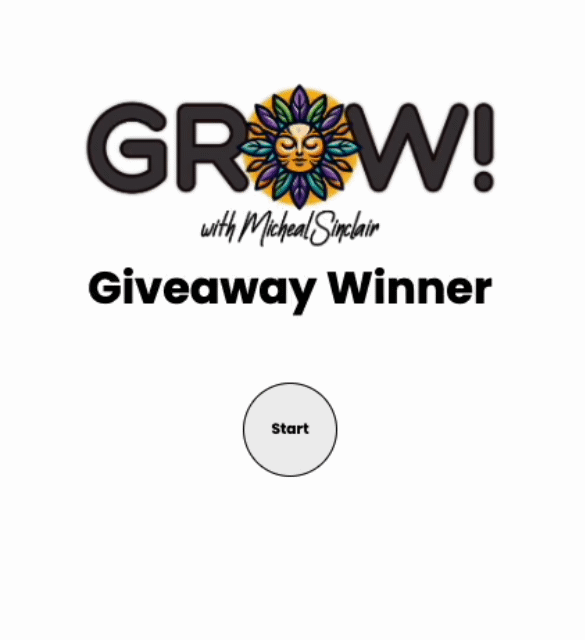
What's Going On With Me?
I mentioned in an earlier newsletter how I feel called to share my actual voice again and am inching closer and closer to bringing that into fruition via YouTube videos. This past week, I bought some things to help with video production and have started to create a little scene where I can film the videos consistently. My biggest problem is, I don't really know what to talk about, lol. And the things I do want to talk about, I don't really know how to present the information in a way that's engaging. I feel like to be successful on YouTube, you either have to be very entertaining or very educational, and I wouldn't place what I have to offer in either of those categories. Idk, I'm probably overthinking it, and I know that the only way I'll discover a style that is engaging is for me to start, be consistent, and let it develop over time—much like I'm doing with this newsletter. Nonetheless, if you have any suggestions for the type of content I can make or that you'd personally like to see from me in video form, please reach out and let me know!
The first day of Spring came this past week, and I'm so grateful to be on the other side of what has felt like the longest Winter of my life. Not just physically but mentally and emotionally—I've felt a bit isolated and left out in the cold for the past 6 months. I'm not complaining, though, because I know the process of healing often requires us to quarantine. Though, when it comes to healing spiritually, the point of that quarantine is not to prevent you from making others unwell but rather to keep others from influencing you with their dis-ease and delaying your own healing process. I know that this physical and mental winter was necessary and a part of the process that has helped me show up in the ways that I am presently. But I'd be lying if I said that I wasn't ready to feel consistent warmth again. What I can say for sure is that the void I felt from not serving in the way I felt called to serve is no longer there since I started publishing this newsletter, and that, in and of itself, has been incredibly healing and fulfilling for me. And while writing these is certainly a painful practice for me, it's one that I know is making me better, week by week, and I truly hope that they're making you a little better too.
With love,
Micheal Sinclair 💜
